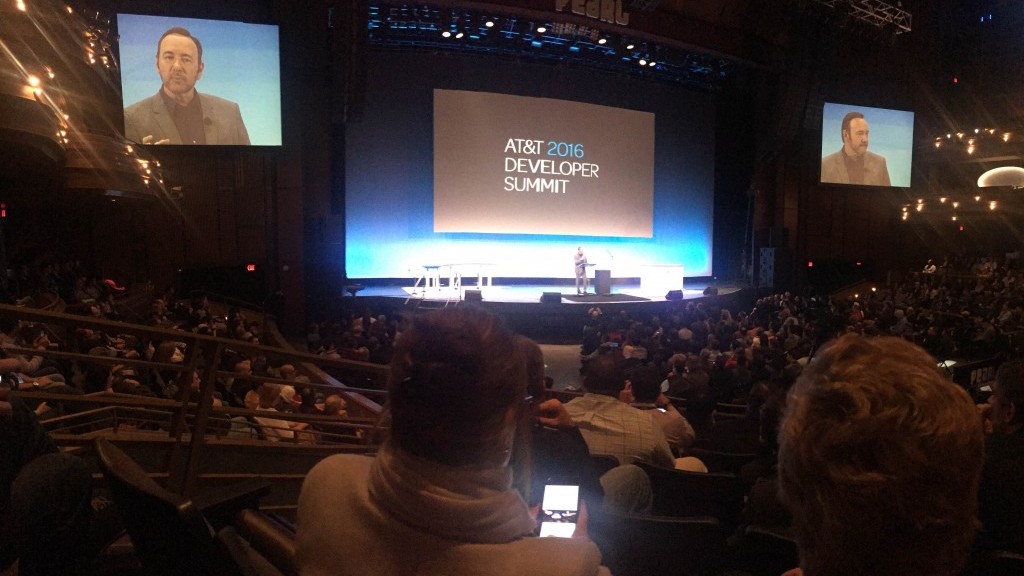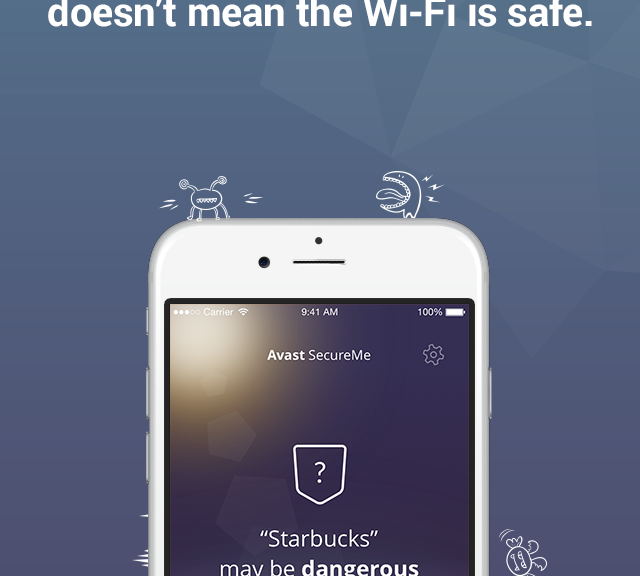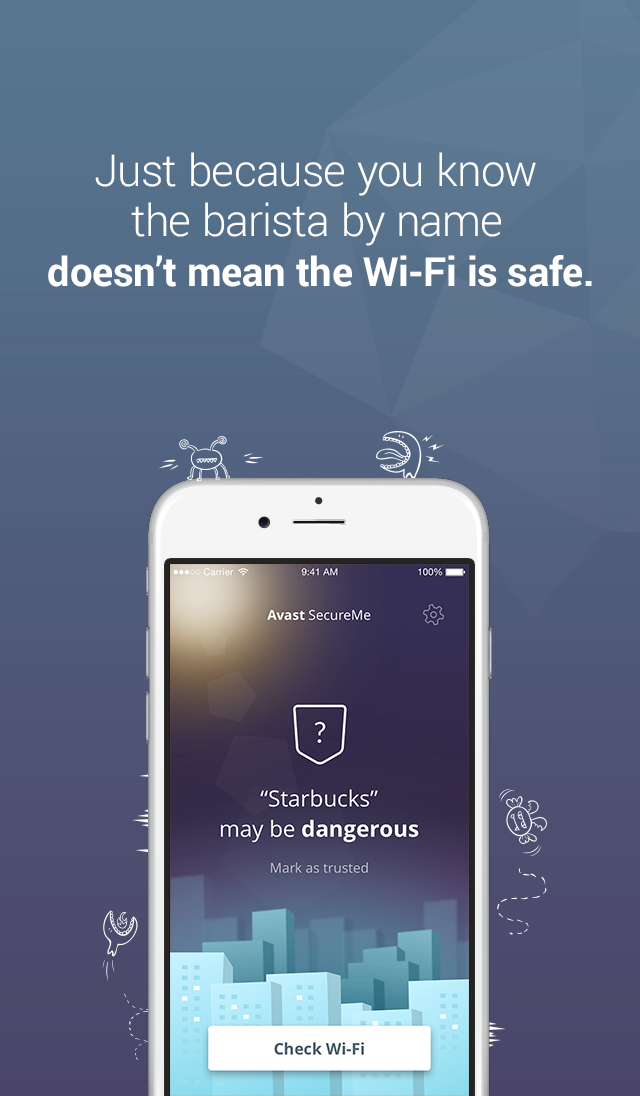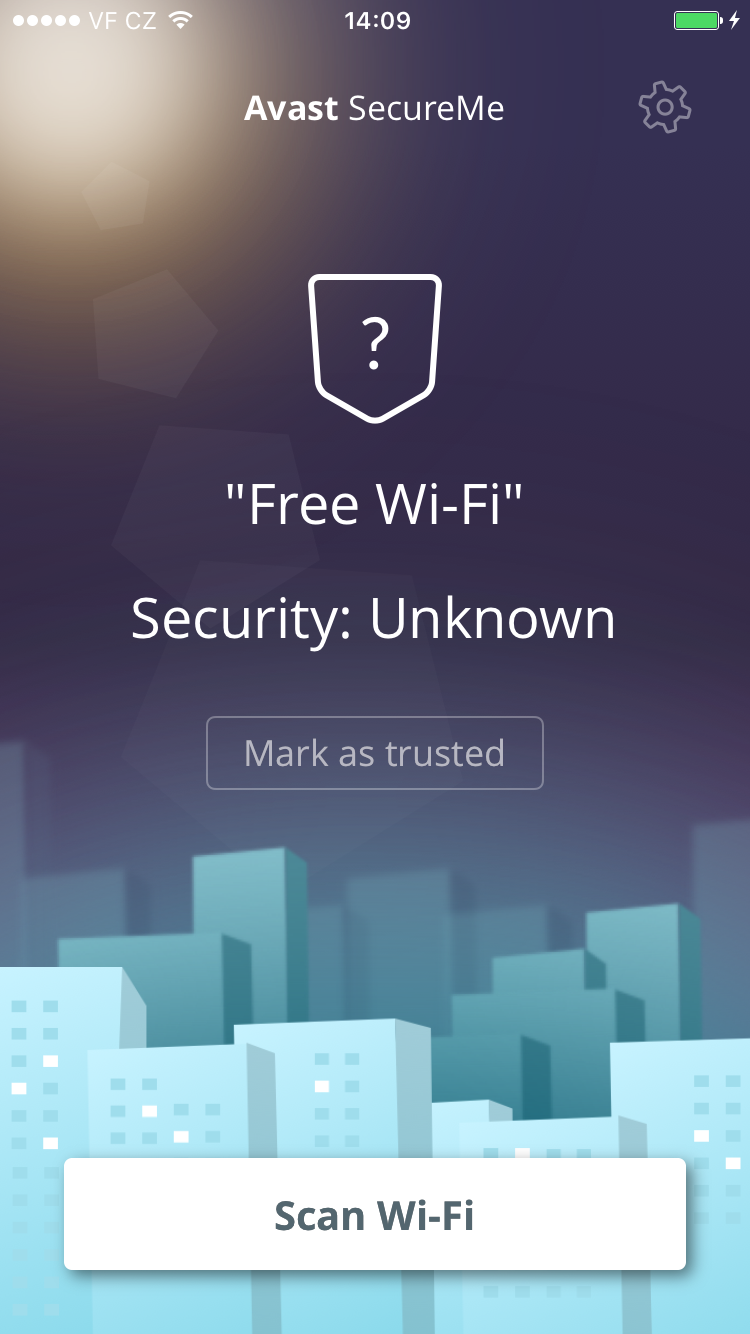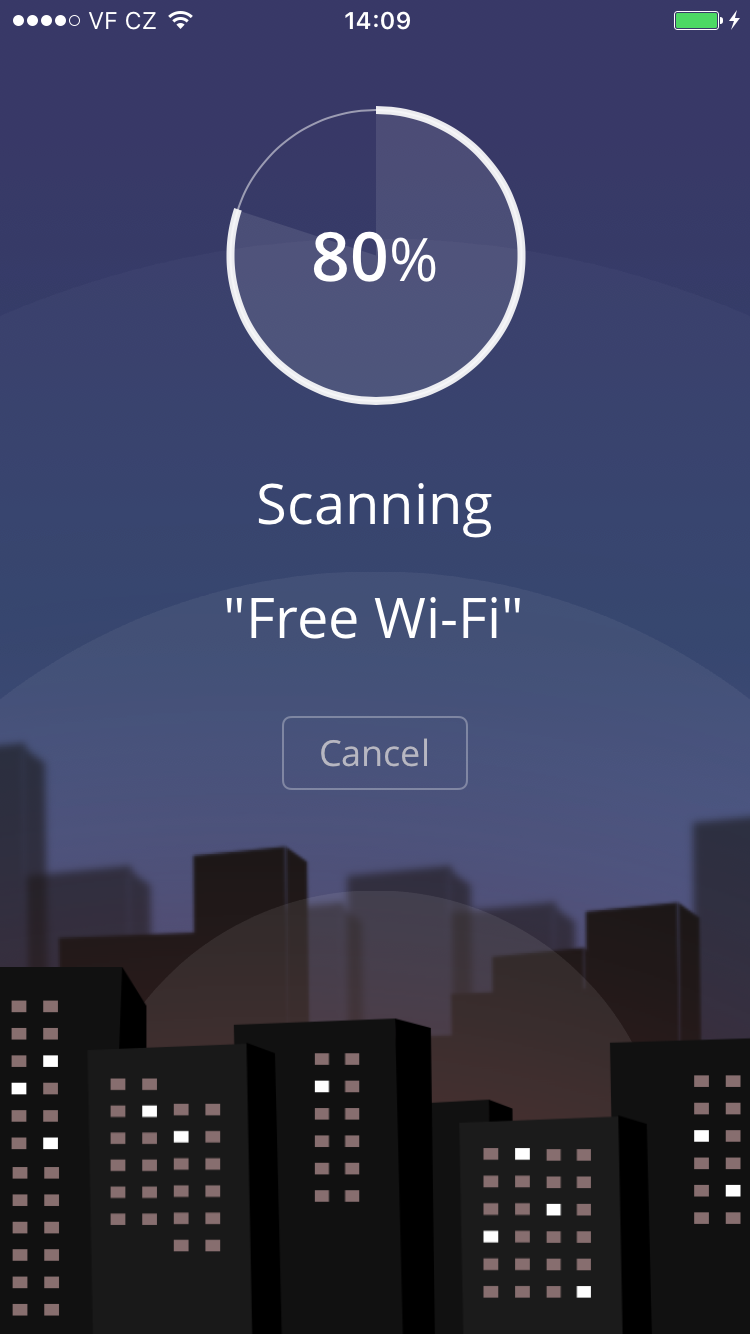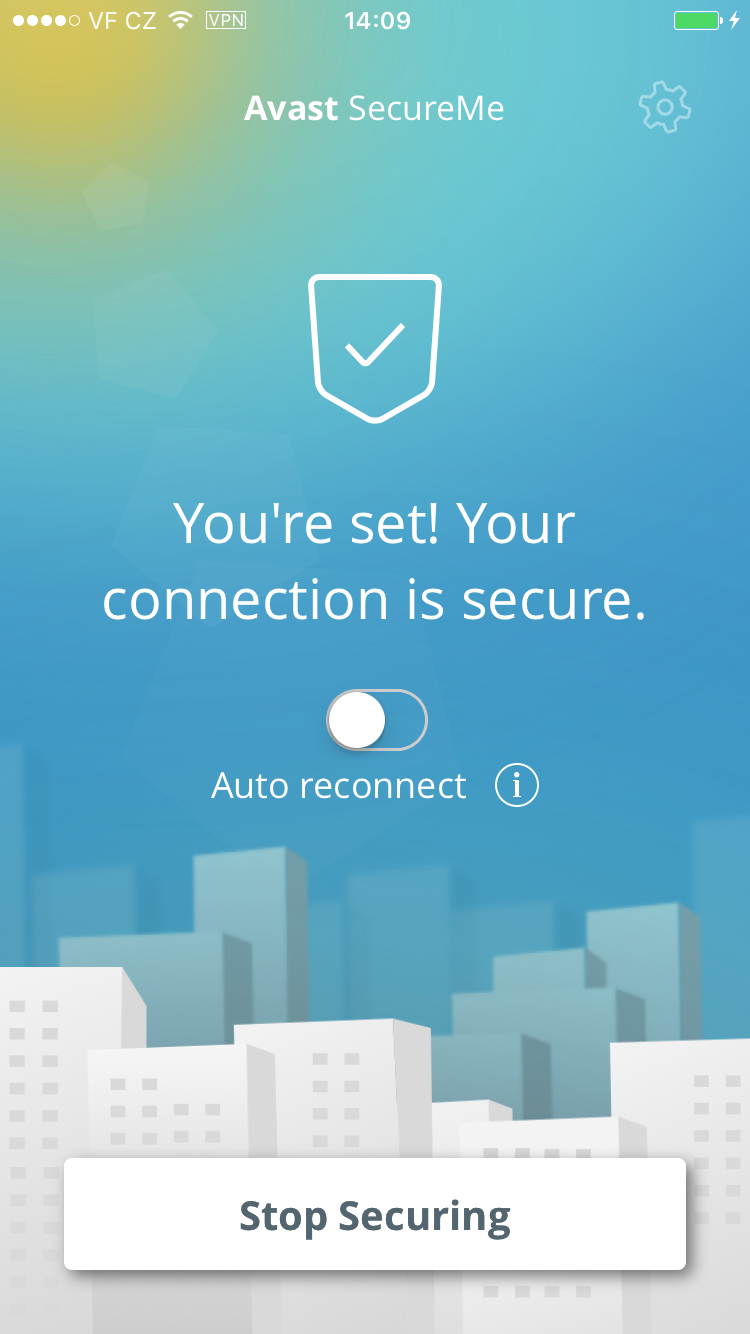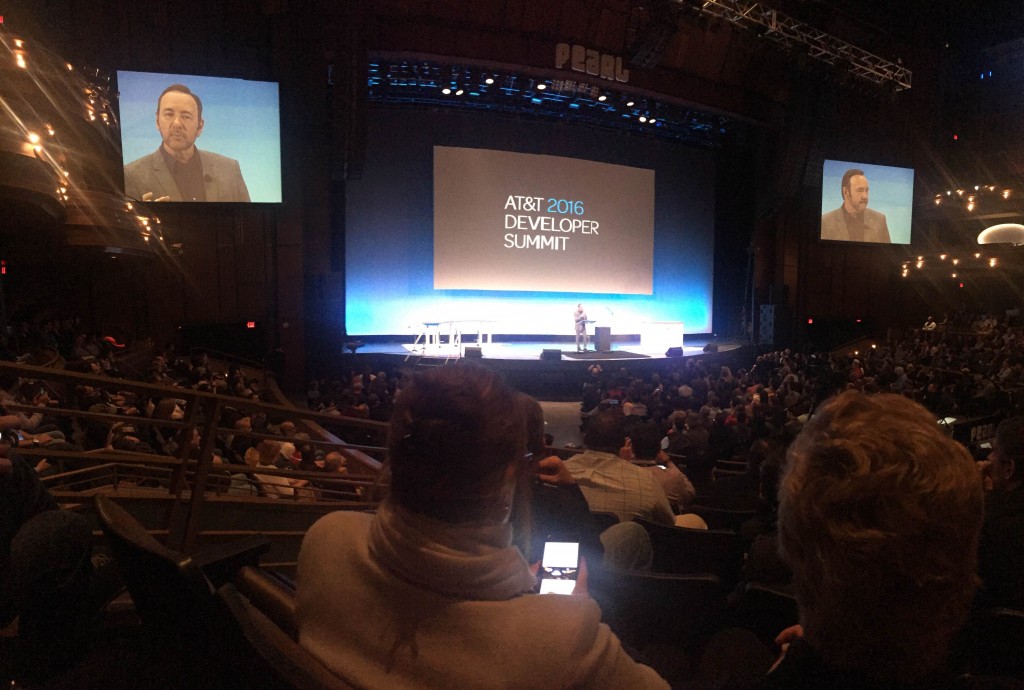
The 2016 AT&T Developer Conference took place on January 2-5 in Las Vegas, Nevada.
For nearly 10 years, AT&T has been bringing an annual developer conference to their partners and collaborators. This year, they creatively chose to combine their conference with a hackathon in order to encourage the participation of budding developers and to support young talent in achieving career-related goals.
This year’s conference and hackathon, which took place on January 2-5 in Las Vegas, Nevada, was packed with an array of topics split into six main sessions: devices and wearables, IoT, real-time communications, video, network advances and the connected home.
I’ve put together several of the sessions that stood out to me as especially relevant to the evolution of today’s technology.
Your world, protected and connected // Stephen Vincent
Abstract: Interactive security and home automation systems are evolving to become effortless for end users. Devices like smart thermostats learn the routines and patterns of users to ensure the consumer is returning home to their optimal temperature, thus increasing comfort and lowering home energy costs. Voice command and response systems allow users to speak naturally to their home security and automation system without learning complicated rules or programs. Lawn sprinklers and window blinds can be controlled by weather data indicating rain or shine. A day’s worth of user-generated surveillance video can be reviewed for significant events quickly and at the user’s convenience. Securing the home is a great benefit, but what about securing the personal IoT for the end user when not at home? In this session, we’ll discuss how Digital Life is a key contributor in the latest industry trends. We invite the developer community to join us on our quest to put the connected home to work for the end user.
View the slides from this session here.
Smartphones and beyond :Technologies for devices and IoT // Ginger Chien
Abstract: Smartphones, which will still be dominant in people’s lives for some time to come, have reached a state of maturity. This year’s phones will see mostly incremental advances offering improved capability and performance. Yet the smartphone will play an essential role through its familiar power and presence that will support the rising category of connected IoT devices, whether those be personal, wearable, distributed, or other forms yet to be seen. Join this session to learn about advances in the areas of smartphone and IoT device technology as well as get an idea of what the future of devices may hold.
View the slides from this session here.
Monetizing behavioral data analytics // Carole Le Goff and Dr. Brian Eriksson
Abstract: What can your home discover about your habits? When does a change in behavior at home demand intervention? How does this differ when considering yourself, or your teenager, or your mother across the country? This information can all be learned from home IoT sensor data combined with intelligent analytics, which can help you make a decision about how to act. Unfortunately, there is a wide gap between raw sensor data and actionable information. In this session, we will discuss gleaning behavioral context from this data and initial use cases to monetize this information. We’ll describe the science and challenges behind learning from IoT sensor data from the point of view of marketers and product managers explaining new revenue generating services as well as software engineers and data scientists.
View the slides from this session here.
Best Practices for the Unknown: Wearables, Devices & Things // Bill Weir and Pete Rembiszewski
Abstract: There are exciting new areas to explore in the bold new world of IoT and wearables, but there are also big land mines waiting for developers. Not only will we cover issues such as standards, security, network issues, data overload, and privacy, but also actionable tips, strategies, and techniques that developers can use to mitigate the risks.
View the slides from this session here.
As announced at the AT&T conference, a new tool called AT&T ARO helps users analyze their apps’ performance. Users can utilize the free diagnostic tool to improve their battery life, data usage, and responsiveness.
In addition to these valuable sessions led by highly talented speakers, Kevin Spacey was in attendance as the conference’s celebrity speaker. Spacey delivered a quality talk that emphasized the importance of companies making an effort to support and motivate young developers and IT professionals in their career paths.
This year’s AT&T conference and hackathon was a unique and educational experience. At Avast, we’re already looking forward to next year’s event!
Follow Avast on Facebook, Twitter, YouTube e Google+ where we keep you updated on cybersecurity news every day.
![]()
